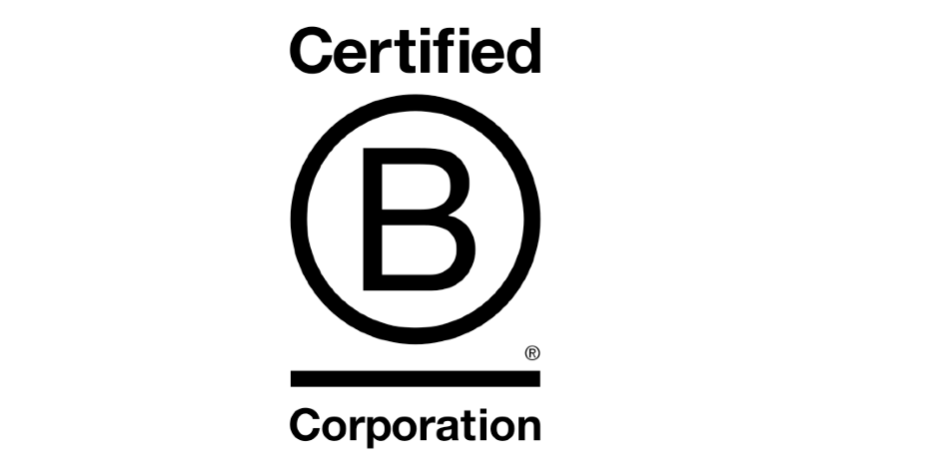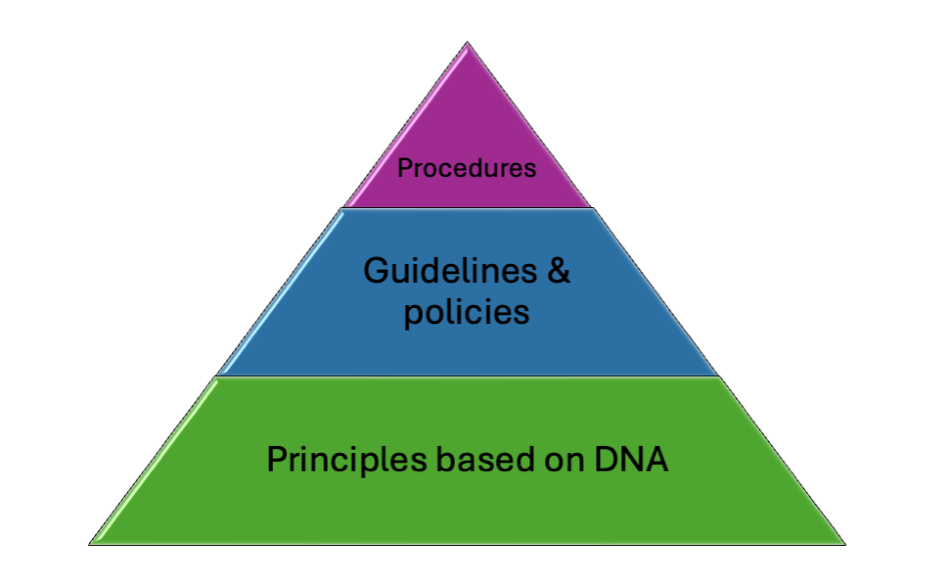Implementing strategies for RAI
Responsible AI Practices

Esther Montoya van Egerschot
Chief AI Governance @ DigiDiplomacy
8-Step journey to Responsible AI
- Embrace AI governance
- AI Playbook
- Identify key internal and external stakeholders
- Leverage internal support mechanisms
- Embrace a multi-stakeholder approach for external stakeholders
- Explore additional responsible behavior indicators
- Implement governance tools
- Monitor, audit, and evaluate AI governance
Step 1: Embrace AI governance
- Organizational buy-in
- Explaining why it matters
- Leadership: it's business critical!
Misconception:
AI governance is often viewed merely as a legal or regulatory compliance issue, neglecting its broader role in ensuring ethical, transparent, and accountable AI practices.
Step 2: AI playbook
- Putting it all down on paper
- Strategic necessity
- Aligning with business goals
- Aligning with ethics
- Ensuring regulatory compliance
- Building trust
Misconception:
There's a belief that strict governance frameworks may hinder innovation by imposing too many rules. In reality, well-designed governance encourages responsible innovation.
Step 3: Identify key internal and external stakeholders
Internal stakeholders
External stakeholders:
- Employees
- Unions
- Customers
- Regulators
- Community organizations
Misconception:
Engaging with stakeholders is sometimes seen as a box-ticking exercise, rather than an ongoing process critical for the adaptive and inclusive development of AI technologies.
Step 4: Leverage internal support mechanisms
Leverage internal support through Codes of Conduct, Ethics Boards, and AI Squads.
Support their AI Literacy!
Misconception:
Relying solely on ethics boards or committees for ethical AI oversight can overlook the importance of integrating ethical considerations into every stage of AI development.
Step 5: Embrace a multi-stakeholder approach

Misconception:
Involving external stakeholders can slow down the AI development process by introducing too many competing interests and opinions.
In reality, this inclusive approach enriches the process, making sure the AI is aligned with the needs and values of a broader community.
Step 6: Explore additional responsible behavior indicators

Misconception:
There's a common misconception that only large corporations can afford to implement responsible AI practices, such as achieving BCorp status or engaging in ESG reporting, underestimating the impact and feasibility for organizations of all sizes.
Step 7: Implement governance tools

Misconception:
It's often believed that the same set of governance tools can be applied universally across all AI projects, ignoring the need for a tailored approach that considers the specific context and ethical implications of each project.
Step 8: Monitor, audit, and evaluate AI governance
Chief AI Governance Officer
or
Chief AI Officer (CAIO)
Misconception:
Once AI governance frameworks and policies are established, they do not need frequent review or updates.
This overlooks the dynamic nature of AI technology and societal values, which necessitate ongoing monitoring, auditing, and evaluation to ensure governance practices remain effective and relevant.
Let's practice!
Responsible AI Practices

